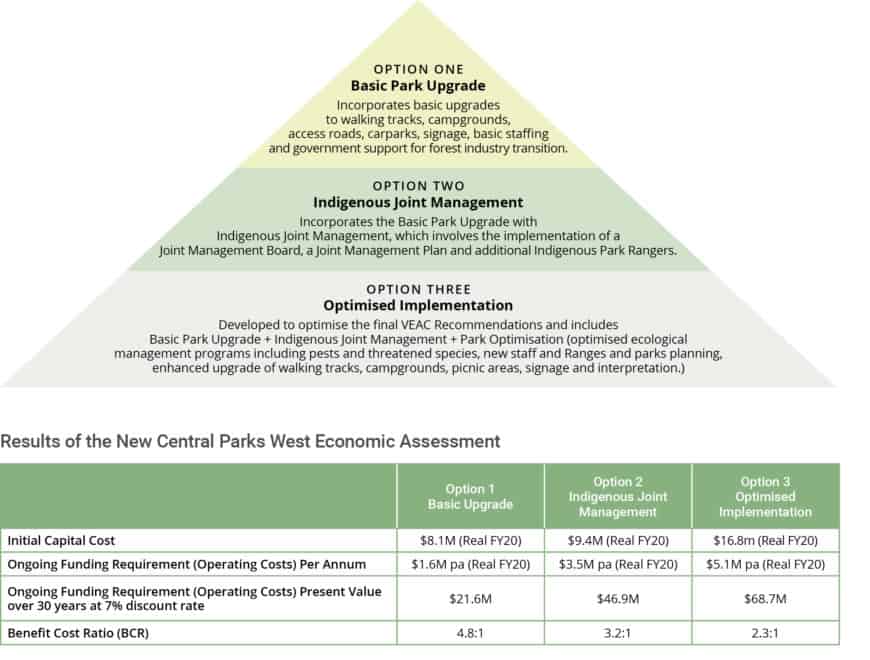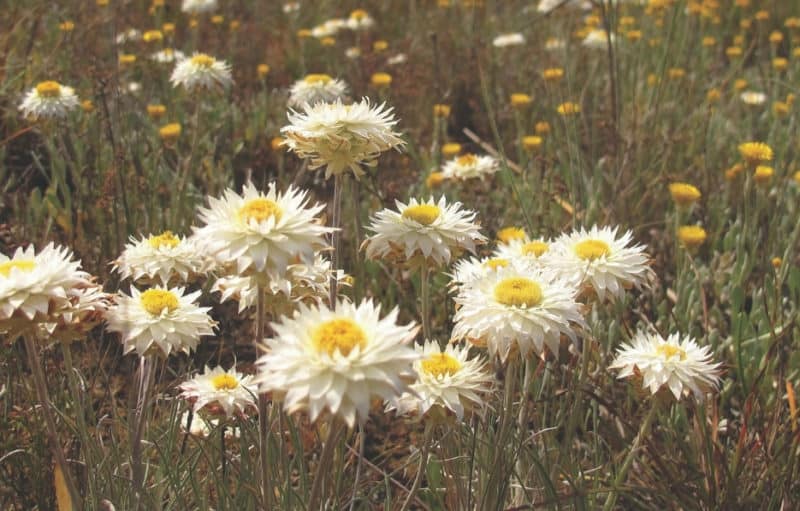PARK WATCH March 2021 |
Investment in nature protection provides great economic benefits, explains Executive Director Matt Ruchel.
We know the forests of the Central West are home to 370 threatened species, including the Greater Glider, Mount Cole Grevillea, Grampians Bitter Pea and Powerful Owl. We know they are carbon-rich and protect the headwaters of several important rivers. And we know they offer excellent bushwalks and camping spots near to the city.
But none of this seems to resonate with the Victorian Government. Even though the expert investigation it commissioned recommended the creation of new national parks in the Central West, it is still to take any action to do so.
With a sense of mounting frustration we have passed the 12-month anniversary of no decision, even through legislation of the Victorian Environmental Assessment Act 2001 stipulates that a government response to the Victorian Environmental Assessment Council (VEAC) final report is required within six months.
With the law and nature ignored, we commissioned an independent economic assessment of these new Central West national parks. Maybe this would speak the government’s language? We know national parks have great environmental and social benefits, but what of the economic benefits? We had independent economic consultants Sayers Advisory crunch the numbers.
The New Central Parks West Economic Assessment Report shows investing in new national parks for Victoria’s Central West will return up to four times the investment.
The report assessed the costs and benefits of adding almost 60,000 hectares of new national parks and conservation areas and nearly 20,000 hectares of regional parks in the Central West region, a close distance to Metropolitan Melbourne.
Three scenarios assessed all resulted in a net economic gain, with the cost benefits ranging between 2.3:1 and 4.8:1 – that is, for every $1 invested there is a potential return of of $2.30 to $4.80 at the societal level.
The report undertook a finer-scale economic analysis of the costs of implementation against three scenarios:
Option three is our preferred scenario, implementing the greatest number of VEAC’s recommendations, including Indigenous Joint Management and enhanced ecological management of the areas proposed as new parks and reserves.
This preferred Optimised Implementation model requires an initial investment of around $16.8 million and ongoing funding of around $5.1 million each year. Even with this higher investment model, it still delivers a cost benefit of 2.3:1 – that is, for every $1 invested, there is a projected return of $2.30 at the societal level.
This demonstrates the great opportunity to deliver both positive community and nature conservation outcomes – with economic benefit to the state.
In addition to the strict economic case, the benefits of stored forest carbon in new protected areas were also calculated, based on Victorian Government data. If the analysis incorporated a modest carbon price of $12/tonne ($456 million) or $16/tonne ($608 million), it would significantly increase the cost benefit ratios and project viability. The results demonstrate the potential for forest carbon storage, but were not included in the final cost benefit analysis used in this study.
The Andrews Government has not created any large additions to our parks estate in its past two terms of government. New parks in the Central West tick all the boxes: environment, social and economic. What more reason do they want? For parks sake, get on with it.
Download the full Economic Assessment
This report was produced thanks to the generosity of supporters, including the Rendere Trust, The Ian Potter Foundation and Brian Snape AM.
Did you like reading this article? Want to be kept up to date about this and other nature issues in Victoria? Subscribe to our email updates.
You can also receive our print magazine Park Watch four times a year by becoming a member. Find out more here.

